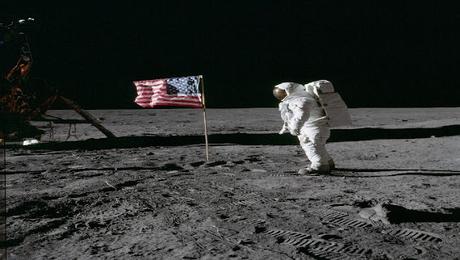The phrase “pushing the envelope” originates from “push” to exert oneself to achieve a goal and “envelope” which are the limitations that a technological system can perform to such as an aircraft’s boundaries regarding speed and altitude. So, the phrase “pushing the envelope” means to push the aircraft performance up to and beyond the design capabilities of the aircraft. The physical and psychological limits were also severely tested.Indeed, the phrase occurred mainly in the aviation test pilot industry and appears to have found its way into popular use with Tom Wolfe’s 1979 book The Right Stuff. Wolfe’s book explored the origins of America’s space programme in the 1960s particularly NASA’s Project Mercury from the point of view of the test pilots and astronauts who accepted the dangers of pushing the envelope of space flight. The test pilots and astronauts were, in essence, leaving the protective envelope of Earth for a previously unexplored and highly dangerous environment.In 1961 President Kennedy committed America to put men on the moon and safely return them to Earth by the end of that decade. NASA’s Mercury project led to the Apollo space programme which, in 1969, made Neil Armstrong the first man on the moon who was accompanied by fellow astronaut Edwin “Buzz” Aldrin. These two were the first humans to set foot on an alien world. They were also the first human beings to stand on another planet and look back at Earth which must have been strange to say the least. It could be said that Armstrong and Aldrin were pushing the envelope as it had never been pushed before.

Neil Armstrong walking on the Moon, 20th July 1969
There were six missions to the moon in total. The last one took place in December 1972 when Apollo 17 landed making twelve men to complete a walk on an alien world. However, it seems that the near fatal accident on Apollo 13 plus politics and NASA money problems meant the Apollo moon exploration space programme ended with Apollo 17.For over fifty years lunar exploration has remained little more than a memory. However, in 2017, President Donald Trump and Republican space policy advisers created a plan to send humans back to the moon in 2024/25 and beyond to Mars. The new lunar programme is called Artemis after the ancient Greek Goddess of the Moon and sister to the Sun God Apollo. Perhaps inexplicably, Joe Biden did not cancel the Artemis project when he became President in 2021, given that he cancelled almost all of Donald Trump’s policies.
Artemis 1 rocket launcher 2022
However, there may be geopolitical reasons for not cancelling Artemis such as China and its ambitions to conduct a manned moon landing and build a space station to orbit the moon in the 2030s. This indicates an element of America national prestige which does not want the Chinese to be the first to make a lunar landing and declare the moon to be part of the state of China. In essence, a new space race has begun.Additionally, people like Elon Musk with his Space X company now work with NASA to reduce costs and share the burden and expense of space exploration. Elon Musk has also created huge public interest in space exploration especially with his stated ambition to go to Mars and create a human base there.NASA’s Artemis programme is going to send humans back to the moon first, sometime in 2026. The astronauts will be the first humans to visit the moon in over fifty years and will stay on the lunar surface for a week. The Artemis missions have already begun in 2022 with Artemis 1 being an unmanned test flight which flew, orbited and returned from the moon safely.Sometime in late 2025 Artemis 2 will take astronauts further into space than ever before while in 2026, Artemis 3 will send astronauts back to the moon where they will conduct scientific experiments for a week and then return to Earth. The Artemis programme intends send more people to the moon, to build a space station called Gateway to orbit the moon and eventually use the Moon as a permanent base from which to launch manned missions to Mars and deeper into space.It seems that the Artemis programme will propel humans into becoming deep space travellers and redefine the phrase “pushing the envelope”. I wonder if people will credit President Donald Trump for creating the opportunity for humans to become a space traveling species. Now, that really would be pushing the envelope.TravellersUp through the blue, out into the
black, no turning around, no looking
back. Onwards and upwards
for ever and ever, it’s humanity’s
anointed endeavour, to wander the
galaxies, constellations, create new
worlds, civilisations. A desperate
diaspora in search of a brave ever
after. But the urge to travel, to stray
will be too strong for humans to
stay long so the thrill of adventure,
of the unknown may really be
humanity’s true home.
Thanks for reading and please leave a comment as they are always appreciated.Dermot.
Email ThisBlogThis!Share to TwitterShare to Facebook
